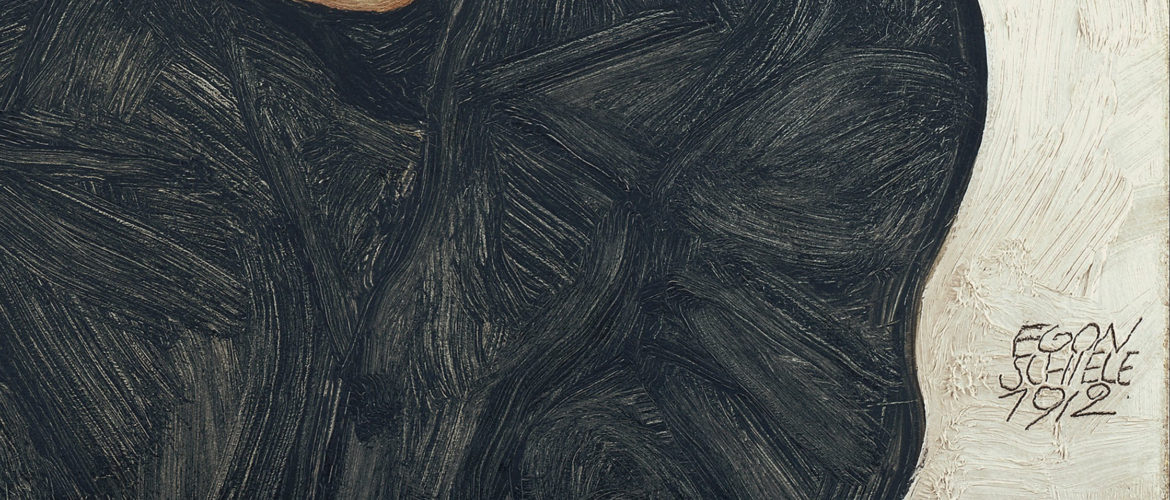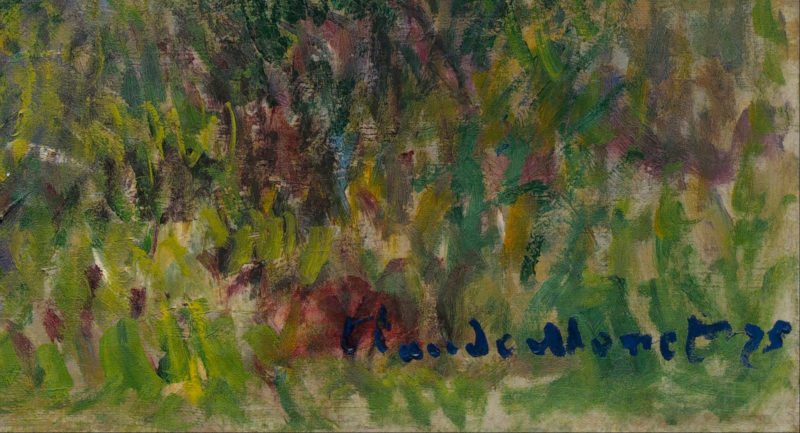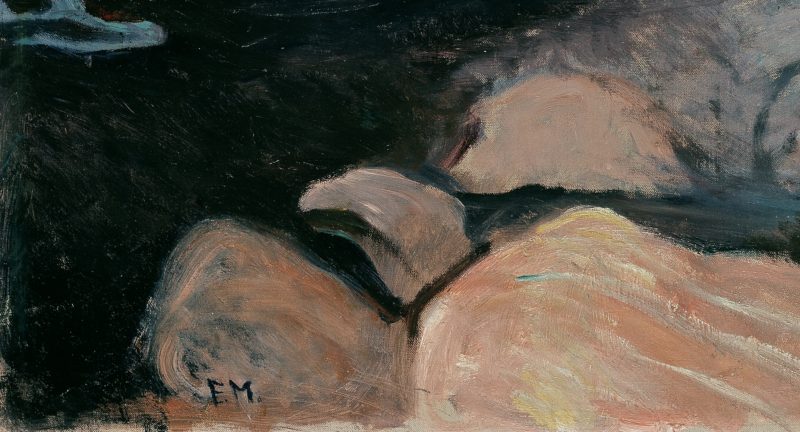5 Little-Known Facts About the Importance of an Artist’s Signature

Little do people pay attention to the artist’s signature whenever they explore a painting or a sculpture. For most viewers, the initial letters of a person neither bear any significance nor add much to the artwork itself. In terms of aesthetics, it is mostly true; however, the importance of signing a piece is a truly fundamental part of the creation. And here is why.
5 Little-Known Facts About the Importance of an Artist’s Signature
5. A sign of completion
Both in the past and now, signatures have been used to put the finishing touches to the work. In other words, they symbolize the completion and the end of the creation process. The chances are high that when you, for example, see it on a canvas that doesn’t look like a completed work, the person behind it intended their brainchild to be that way. Take it into account.
4. Reference data
Pretty often, an artist’s signature serves as a reference with potentially important information such as the date or place of creation. While it might not be something very exciting for ordinary viewers, it does help experts learn more about the artwork and understand its history better.
3. Hidden knowledge
The fact that you don’t see a signature doesn’t necessarily mean that it doesn’t exist. As the practice shows, artists often hide them under a thin layer of paint. Whether it is meant to be found or not is open to debate, but what is more important is that they often leave some other inscriptions or codded messages in such places. If you manage to decipher them, you might be lucky to get a better idea of what is going in the picture.
2. Evidence of authenticity
Professional art fraudsters are well-trained to fake almost any artist’s signature, but those are a few in the illegal business. In reality, signatures are extremely hard to copy when it comes to old paintings and sculptures. That’s why expert appraisers pay attention to them in the first place.
1. Added value
The previous factors may influence the price of the painting. If the work is completed and certified by professional appraisers, then its value will be much higher as compared to the same piece without a signature.
In Conclusion
Now, you can see why an artist’s signature has always been a boon for painters, sculptors, printmakers, art restorers, collectors, appraisers, and other folks. The next time you encounter one, don’t forget how much information is encoded in it.



